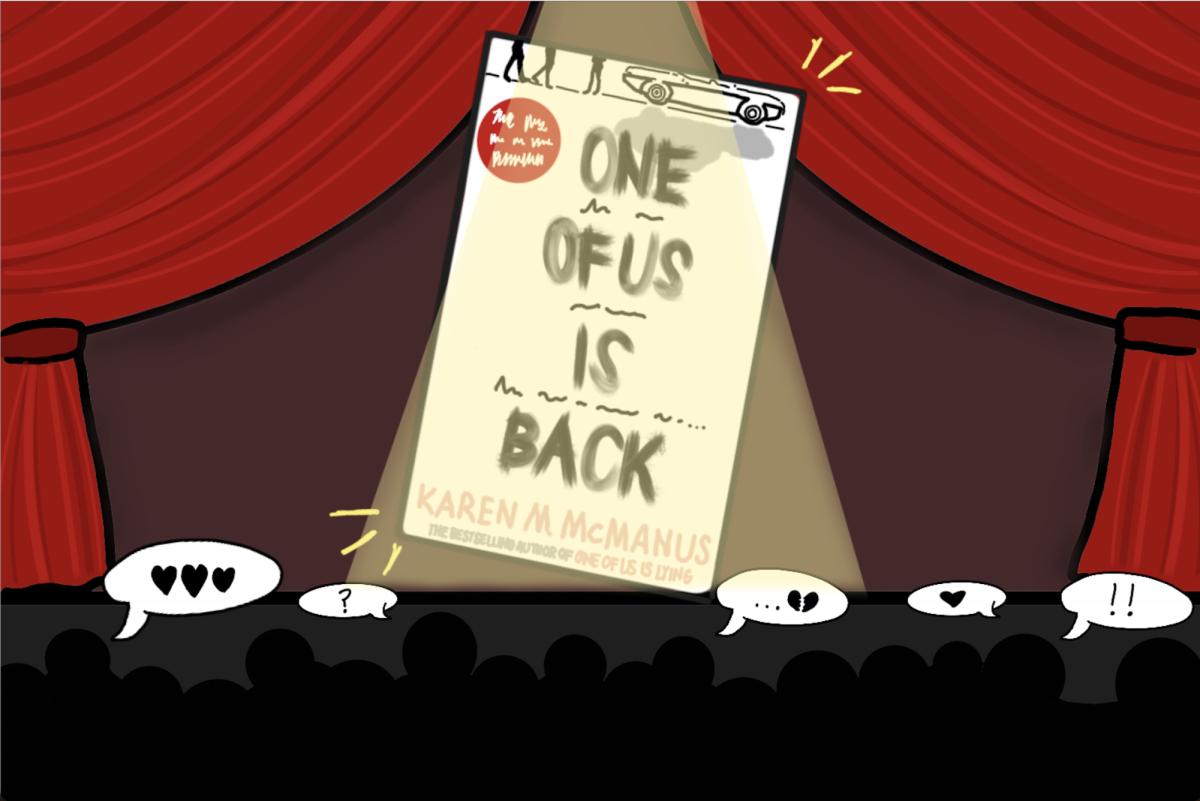For many, the definitions of “healthy” and “unhealthy” have been morphed by the media as well as an emerging market of diet foods. In striking a nutritional balance, individuals must heed the information as it comes, rather than hold on to antiquated notions of diet. Most people have a different definition of what is healthy for them, but, as of late, people are constantly being exposed to the idea that healthy is sugar-, carb- and fat-free – a myth that can lead to a path of dangerous eating habits.
The art of healthy eating, for Health Teacher Joy Marchese, is balance. “I feel really strongly about not depriving yourself from things that you like and that you enjoy and that you want to have,” Marchese said.
Marchese believes that nutritional value, whatever it may be – a high water content, vitamins or minerals – is crucial to a healthy diet. Though she considers foods with empty calories, or no nutritional value to be unhealthy, she thinks that it is good to eat them for enjoyment in moderation.
For Marchese, it’s not just about a nutritional balance, but a balance in life altogether.
Advertisements and media are regularly generating trends or “superfoods” to influence their buyers – whether they are healthy or not is still left to question. According to Medicinenet, a website that provides information about health and medicine, superfoods are a non-medical marketing term invented to refer to foods that have health-promoting properties.
In a July 2014 article, LA Times writer Lisa Jevens emphasized the prevalence of this popularized trend. “Practically every celebrity, TV show and magazine related to food or health has come out with a list of ‘superfoods’ we all should be eating. These lists began to appear a few years ago, highlighting common foods that pack a nutritional punch, like sweet potatoes and blueberries. Now, we’re told we should be buying things like beet juice, acai berries, kale, quinoa and chia seeds,” she said.
Marchese believes that these are simply marketing strategies. “I don’t consider superfoods ‘new’ [trends], because I think I’ve known about them for a long time. It’s interesting that they’d say that blueberries are high in antioxidants [now]; blueberries have always been high in antioxidants, and people have always known that it’s a good food,” she said.
Marchese also worries about people getting too caught up with the trends from a financial standpoint. “I also think that people need to be careful about the marketing and the money around it,” she said. She cites the example of kale chips that are sold at a high price, whereas they could be made at home more cheaply.
Due to organic foods and superfoods being priced higher compared to normal foods, it is more challenging for people of lower socioeconomic backgrounds to consume “healthier” foods. “For people who have the means, it’s easier for them to eat healthy, and people who don’t have the financial means, they’re having to buy less expensive food, and a lot of the time, the less expensive food is processed and fast foods, so they’re not able to eat as well,” Marchese said.
Angie Kukielski (’15), agrees with Marchese and believes that it is questionable to have a trend based on foods that are overpriced. She thinks that the market for superfoods has hurt people who previously consumed these foods out of lifestyle choice or for economic reasons. “Quinoa is a big staple crop for poorer people in various countries in South America, like Bolivia, for example. Heightened demand for quinoa in places like the States has driven up quinoa prices in Bolivia, making it almost impossible for traditional consumers of the crop to be able to afford it. It’s really hurting the people who eat quinoa out of necessity,” she said.
The weight-loss industry is a lucrative market, with Americans spending an average $60 billion annually on it according to U.S. News & World Report, leaving room for manipulative advertisers.
Marchese believes that food markets try to turn healthy superfoods into diet foods. “They’ll have the acai berry diet or something like that where it’s only about the diet and then there’s no balance again,” Marchese said.
Jad Tabiat (‘18) believes that girls have a higher tendency to eat healthy foods as they associate it with weight-loss .“I think girls eat healthier than guys because they care more about how they look, and they are more self-conscious,” he said.
Superfoods, when consumed in moderation and in a balanced diet can offer various benefits.
“It’s good for yourself [to consume superfoods] if you’re doing it in a way that’s not about losing weight or getting unhealthy,” Kukielski said.
Marchese agrees, saying that she would love to see people eat for their own health and wellbeing, in order to feel good physically and mentally, rather than eating things for their appearance. “It’s a bonus that when you eat all these foods high in antioxidants that you’re skin, your hair, your nails, all of that looks better, because you’re nourishing yourself from the inside out,” she said.
nadia_sawiris@asl.org







